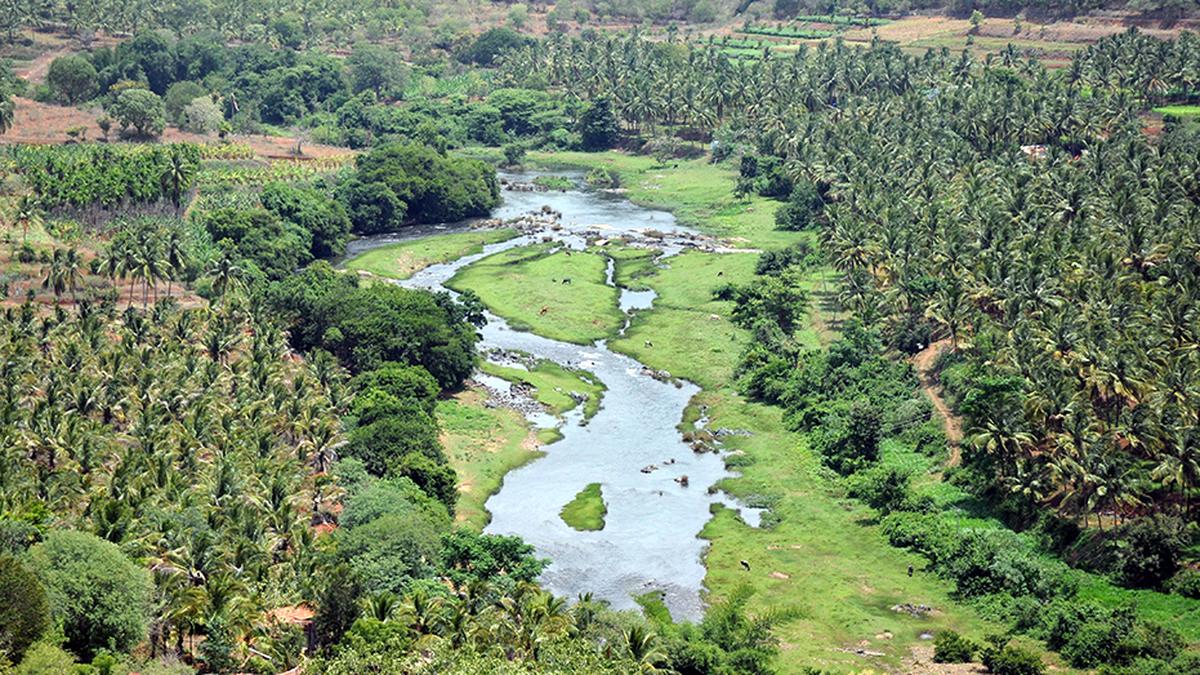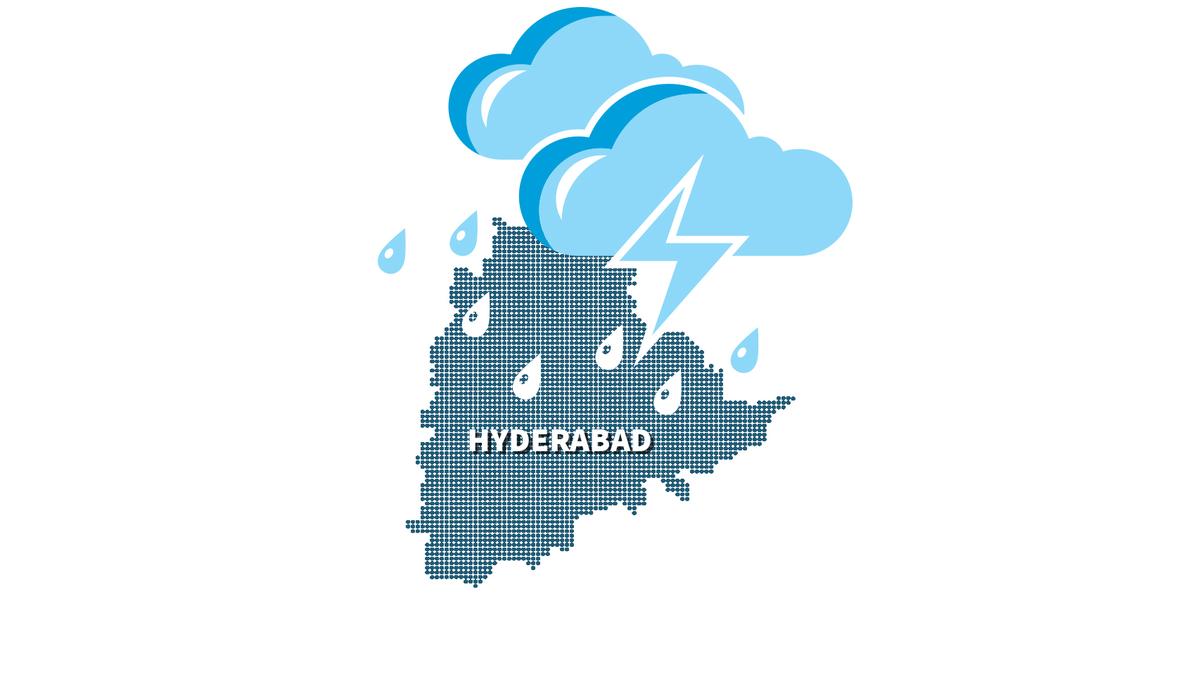Now Reading: Study Finds No Net Forest Cover Growth in Any State from 2015-2019
-
01
Study Finds No Net Forest Cover Growth in Any State from 2015-2019
Study Finds No Net Forest Cover Growth in Any State from 2015-2019

Quick Summary
- Forest Cover Analysis (2015-2019): India experienced a net loss of 977 sq. km of forest cover during this period, with 18 sq. km lost for every 1 sq. km gained.
- Gross Gain vs Loss: While India added about 56 sq. km in forest cover,it together lost approximately 1,033 sq. km.
- Forest Connectivity Insights:
– Forest losses occurred in core areas and connecting corridors.
– New growth primarily consisted of isolated patches called islets (nearly half) which have minimal ecological value due too their lack of connectivity to core forests.
– Only about 6% of the new forest area constituted resilient core regions.
- State-specific Findings:
– Mizoram exhibited the highest percentage of forest cover (~99%), while Ladakh had the lowest (~0.91%) across both years studied.
– Tamil Nadu and West Bengal recorded higher rates of core area loss compared to other regions, with Tamil Nadu’s rate being sixteen times higher than the national average across six key states needing intervention (Tamil Nadu, Puducherry, West Bengal, Andhra Pradesh, Gujarat, Telangana).
- Structural Connectivity Concerns: For afforestation strategies:
– Islets showed almost 20 times higher conversion rates into non-forest compared to cores between 2015 and 2019.
– Researchers recommend focusing on afforestation efforts that increase resilience by converting islets into connected structures rather than isolated habitats.
Indian Opinion Analysis
The study reveals alarming trends in india’s forest management between 2015 and 2019 – highlighting losses outweighing gains while stressing connectivity concerns within newly-added forest patches. Core forests are crucial for maintaining biodiversity because they facilitate species movement and genetic flow; however, their significant depletion means long-term environmental consequences if immediate action isn’t taken.
The predominance of disconnected “islet” forests underscores missed opportunities for enduring increases in biodiversity or ecosystem health since such isolated patches fail to contribute meaningfully to habitat ecosystems or wildlife migration routes.
Importantly,state-level disparities call for tailored interventions-especially targeting states like Tamil Nadu that have experienced disproportionately high losses in ecologically valuable core areas relative to national averages.
Strategies going forward must optimize structural connectivity goals alongside afforestation efforts by prioritizing resilience-increasing initiatives such as converting fragmented islets into bridges or links with major cores wherever feasible-a shift essential not merely for increasing green coverage but ensuring its ecological utility remains intact over time.
Read More:
https://th-i.thgim.com/public/sci-tech/science/ih5ux7/article69045858.ece























